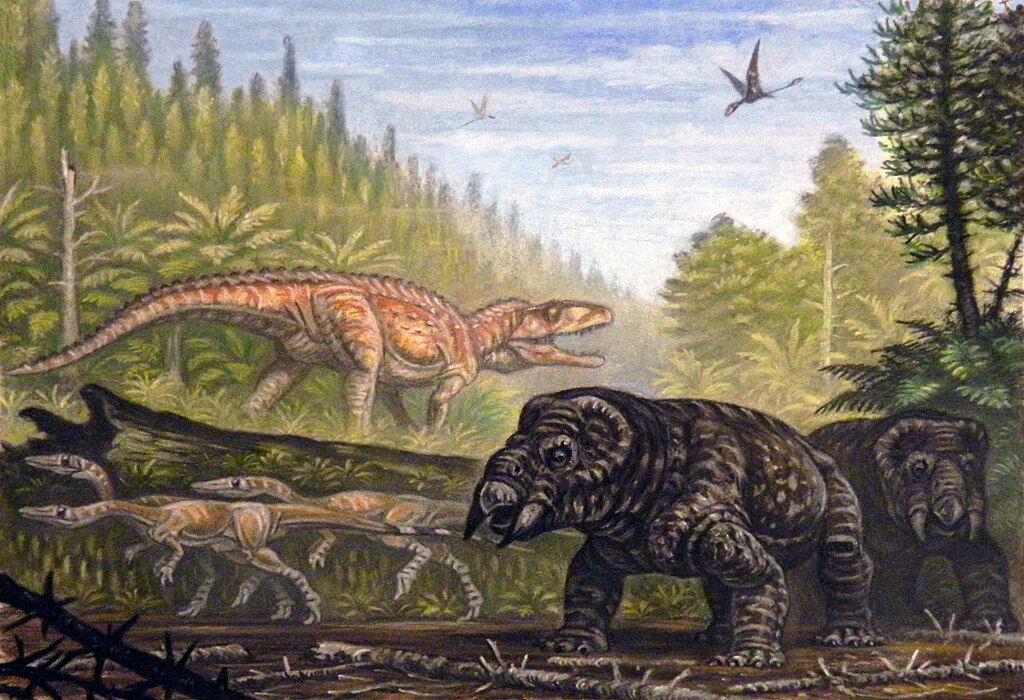Picture a world where giants ruled the earth, where creatures the size of school buses stomped through ancient forests. That’s what most people imagine when they think about dinosaurs. Yet, tucked away in the fossil record are some remarkable creatures that would barely reach your ankle. These miniature marvels challenge everything we thought we knew about prehistoric life. The smallest dinosaurs tell stories that are just as fascinating as their massive cousins. Some were fierce hunters despite their size, while others developed unique survival strategies that kept them alive for millions of years. Get ready to meet some of the most incredible tiny dinosaurs that once scurried, glided, and hunted through prehistoric landscapes. So let’s dive into this world of pint-sized predators and diminutive herbivores that prove sometimes the smallest packages hold the biggest surprises.
Parvicursor: The Pocket-Sized Predator
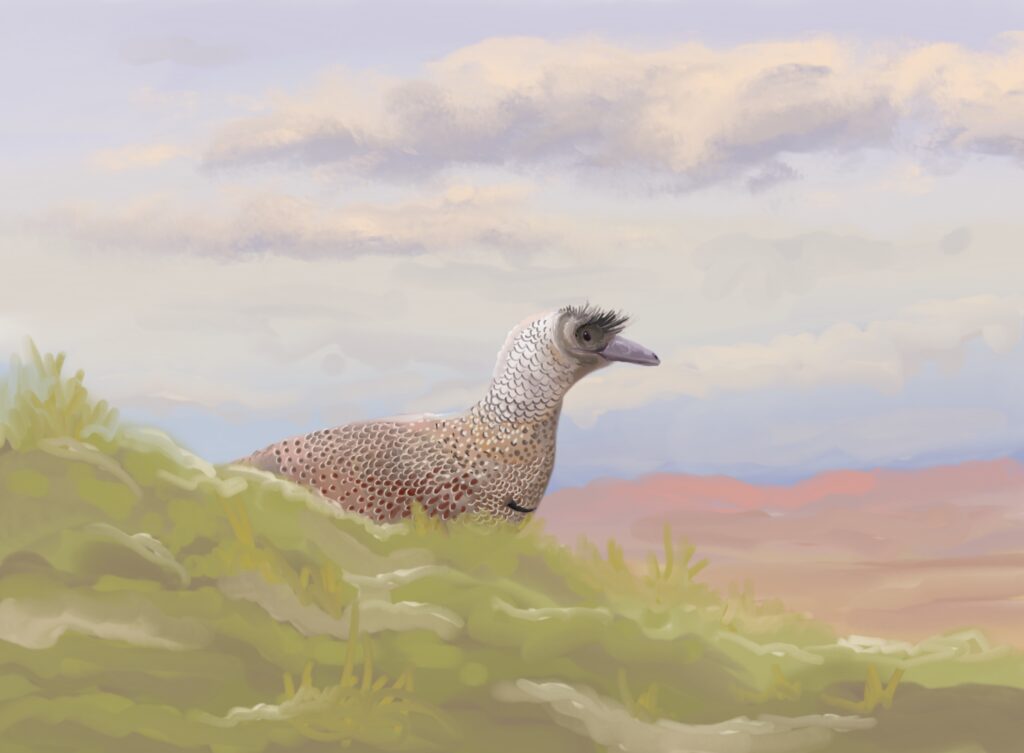
Parvicursor was a genus of diminutive maniraptoran with odd one-claw hands and long slender legs adapted for fast running. This tiny hunter measured only about 39 centimeters in length and as heavy as 162 grams, making it roughly the size of a modern parrot.
Living during the Late Cretaceous period around 72 million years ago, this remarkable creature evolved some truly unusual features. Like other alvarezsaurs, Parvicursor’s forelimbs were small and stubby, with hands all but completely turned into a single big claw, perhaps for opening tough termite mounds or other types of digging. This specialized adaptation suggests it had a very specific lifestyle, possibly hunting for insects in underground nests.
Its leg and hip anatomy suggests an ability to sprint with high-speed maneuverability necessary for survival in its environment. Despite being discovered in Mongolia’s Barun Goyot formation, this tiny dinosaur remains one of the most mysterious small predators of its time.
Bambiraptor: The Juvenile Giant Brain

Discovered by a 14-year-old fossil hunter named Wes Linster in 1993, Bambiraptor’s has one of the most complete skeletons ever found, a staggering 95% complete fossil. Bambiraptor, primarily known from a juvenile specimen, had a length of about 90 centimeters. It had an estimated total length of one meter, and likely weighed around two kilograms.
What made this dinosaur truly special wasn’t just its completeness but its intelligence. The holotype specimen’s brain size was within the lower range of modern birds, suggesting higher intelligence and agility akin to dromaeosaurids. This bird-like creature possessed very long arms with a well-developed wishbone, making it look remarkably similar to modern birds.
The “Bambi” in its name actually refers to the young age of the first specimen that was found. Therefore, a more accurate translation of the name would be “Juvenile Thief”. This small predator lived around 72-70 million years ago during the Late Cretaceous period.
Epidexipteryx
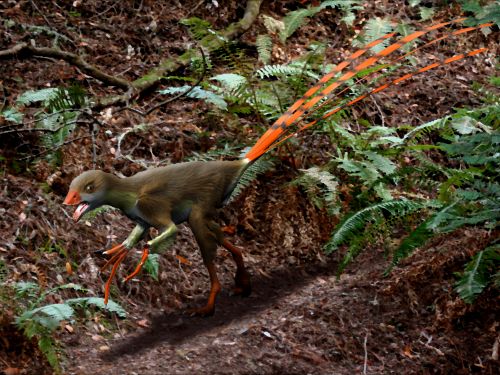
Living in present-day Inner Mongolia in the mid to late Jurassic period, some 160-168 million years ago, Epidexipteryx hui measured only 44.5cm in length, and weighed between 164 and 391g. That’s less than a small bag of sugar! This remarkable creature was very birdlike, and its prominent feature was four long tail feathers that provided balance as the animal climbed trees.
Unlike modern birds, Epidexipteryx hui was probably not able to fly – if it left the ground at all, it would have glided rather than flown. Scientists think that these provided balance for climbing in trees rather than aiding flight. This suggests it spent most of its time in the forest canopy, using its impressive tail plumage for display or balance while navigating between branches.
The discovery of this tiny dinosaur helped scientists understand the early evolution of feathers and flight. Its four distinctive tail feathers were unlike anything seen in other dinosaurs of its time, making it a crucial piece in the puzzle of dinosaur evolution.
Anchiornis: The Black-Feathered Glider
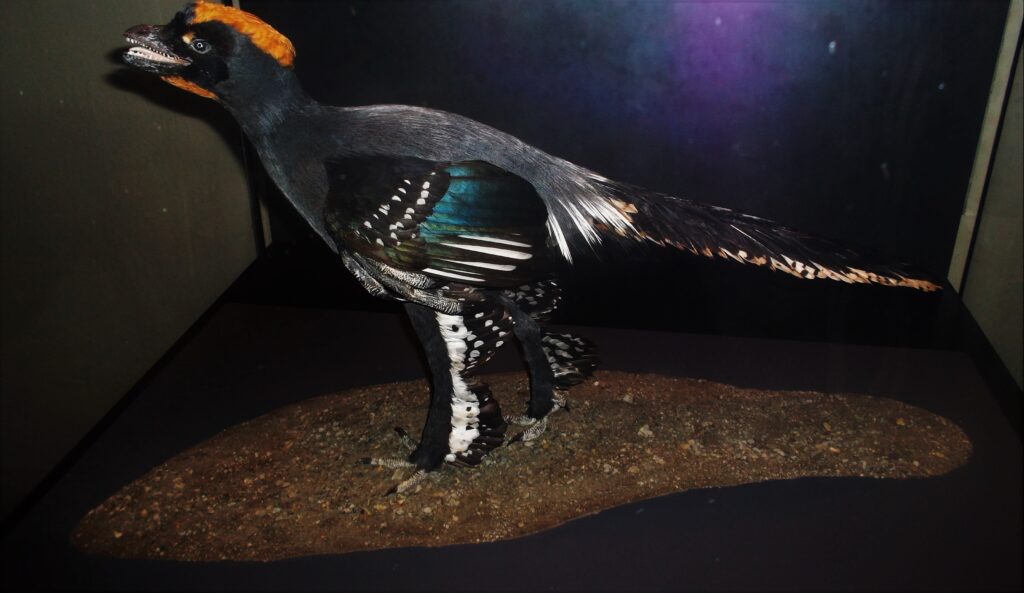
One of the smallest dinosaurs yet discovered, Anchiornis huxleyi weighed between 110 and 700 grams and was about 40 cm in length. This tiny creature lived in what is now China, in the late Jurassic period and possessed some truly remarkable features that bridged the gap between dinosaurs and modern birds.
Pigment cells on fossils suggest it was black with an iridescent hue, similar to modern-day starlings, and studies suggest these dinosaurs were capable of flight. Covered in feathers, it is seen by many as an evolutionary link between dinosaurs and birds. Its unique coloring would have made it shimmer in ancient sunlight, perhaps playing a role in mating displays or social communication.
With long feathers found on both fore and hind limbs, Anchiornis huxleyi may have been a better glider than it was a flyer – if it left the ground at all! This four-winged design was truly unique among dinosaurs, giving it an almost magical appearance as it moved through prehistoric forests.
Microraptor: The Four-Winged Wonder
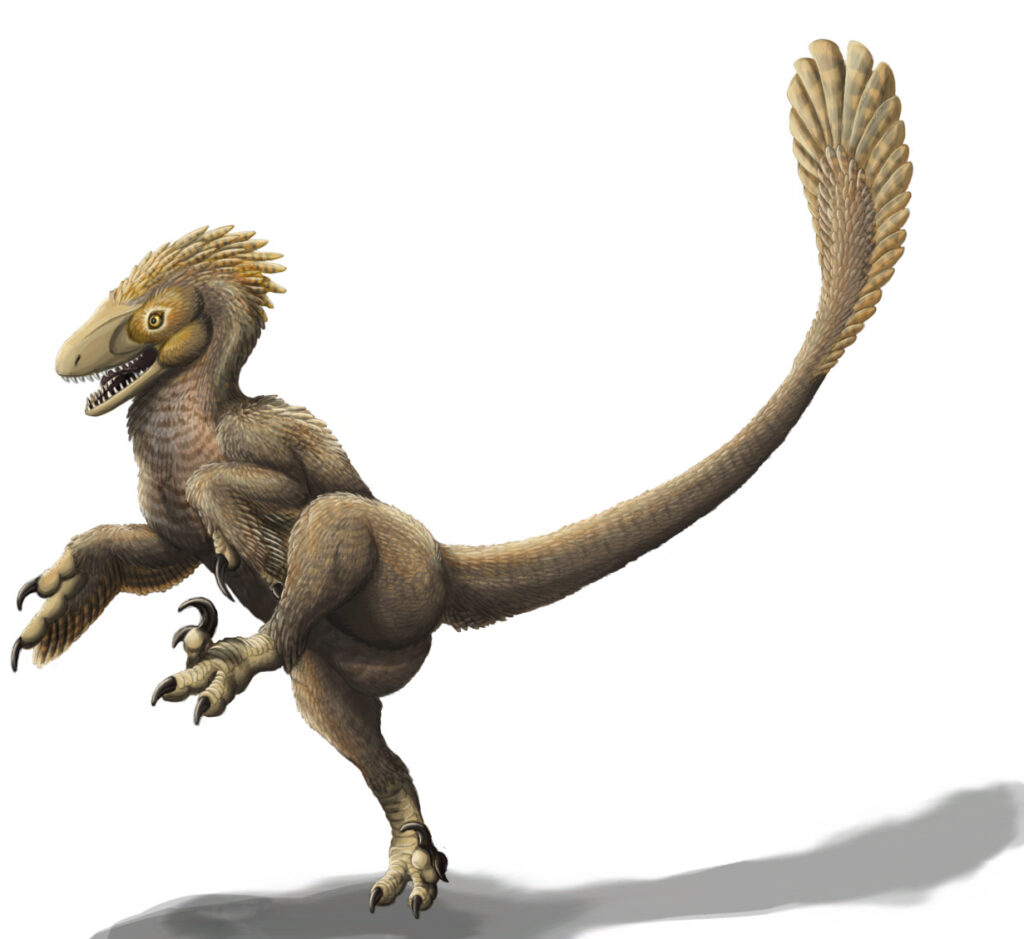
In 2000, paleontologists discovered the Microraptor – a crow-sized feathered dinosaur in China dating back 125 million years. Subsequent findings revealed nearly a dozen Microraptor species – making them some of the most abundant tiny dinosaurs. Ranging from just 50 cm to 90 cm long, these mini-raptors had feathers from head to toe, which likely helped them glide between trees to hunt prey.
What made Microraptor truly extraordinary was its hunting ability. Their deadly hooked claws and sharp teeth show they still packed a predatory punch despite their small size. Befitting its tiny size, paleontologists believe that Microraptor subsisted on a diet of insects, though some evidence suggests they may have tackled small mammals and birds as well.
The dinosaur, called Microraptor, launches itself from the tree and glides down like a flying squirrel, catching the insect in its small teeth before gracefully landing on a lower branch. This aerial hunting strategy was completely unique among dinosaurs, making it one of the most specialized predators of its time.
Compsognathus
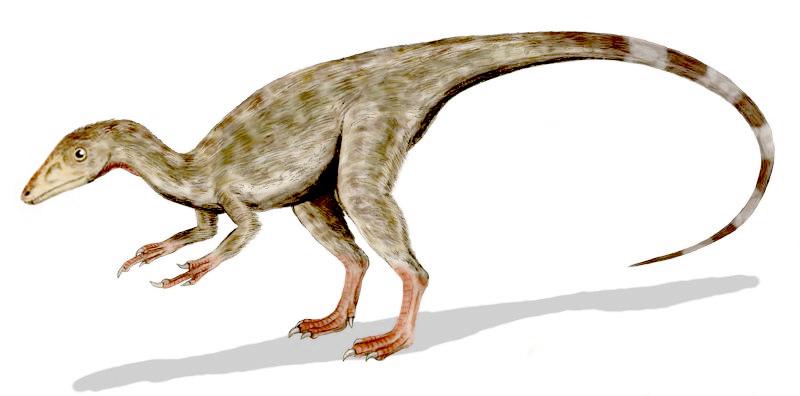
Another theropod, Compsognathus measured around one metre in length and had a body the size of a turkey. Fossils of the species, which have been found in France and Germany, suggest it weighed no more than about 3.5kg – that’s about the weight of a newborn baby! Despite its small size, this dinosaur was a formidable predator with a fascinating dietary history.
Compsognathus longipes is one of the few dinosaur species whose diet is known with certainty: the remains of small, agile lizards are preserved in the bellies of both specimens. This direct evidence gives scientists an incredibly clear picture of what these tiny hunters ate on a daily basis. A swift runner, it was lightly built and had a long neck and tail, strong hind limbs, and very small forelimbs.
For many decades, Compsognathus held the title of the smallest known dinosaur. Until the 1990s, it was the smallest-known non-avialan dinosaur, with the preceding centuries incorrectly labelling it as the closest relative of Archaeopteryx. Its name literally means “elegant jaw,” a fitting description for this graceful little predator.
Zhongjianosaurus: The Tiny Raptor
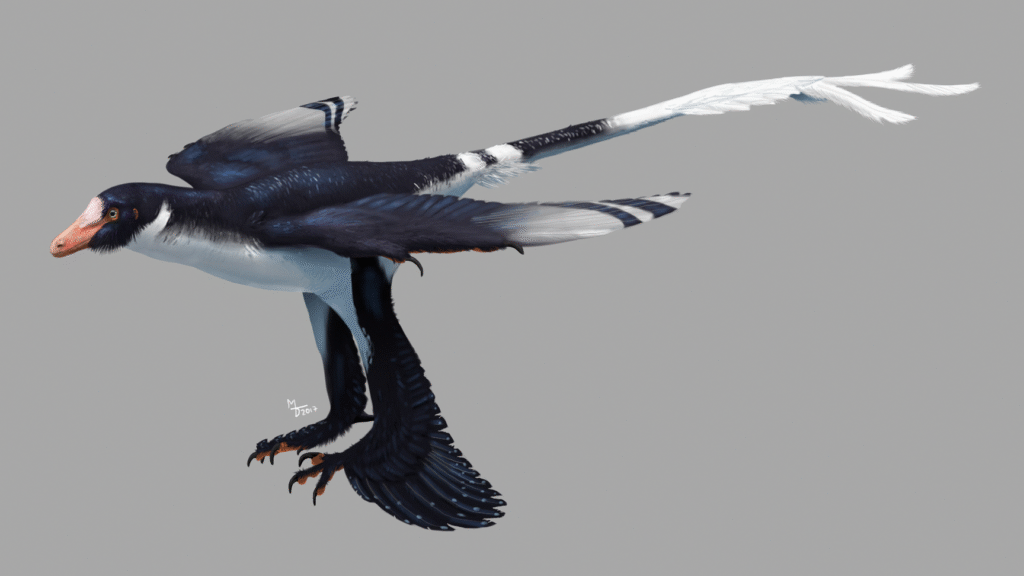
A dinosaur smaller than a Velociraptor is the Zhongjianosaurus yangi. It weighed as light as 0.31 kg and grew to a length of 2.3 feet only. This small dino lived 125 MYA during the Early Cretaceous period. This microscopic member of the raptor family represents one of the most extreme examples of dinosaur miniaturization.
Most significantly, the estimated 0.31 kg mass of the Z. yangi holotype of an adult individual confirms that some Jehol dromaeosaurids are among the smallest known non-avialan theropods. Despite its tiny size, it possessed all the classic features of a dromaeosaur, including the distinctive sickle claw on each foot.
While this new taxon is referable to the Microraptorinae, it differs from other microraptorine dromaeosaurids in numerous features, most notably the fusion of proportionally long uncinate processes to dorsal ribs. These unique anatomical features suggest it had evolved specialized adaptations for its particular ecological niche in ancient China.
Fruitadens dinosaur
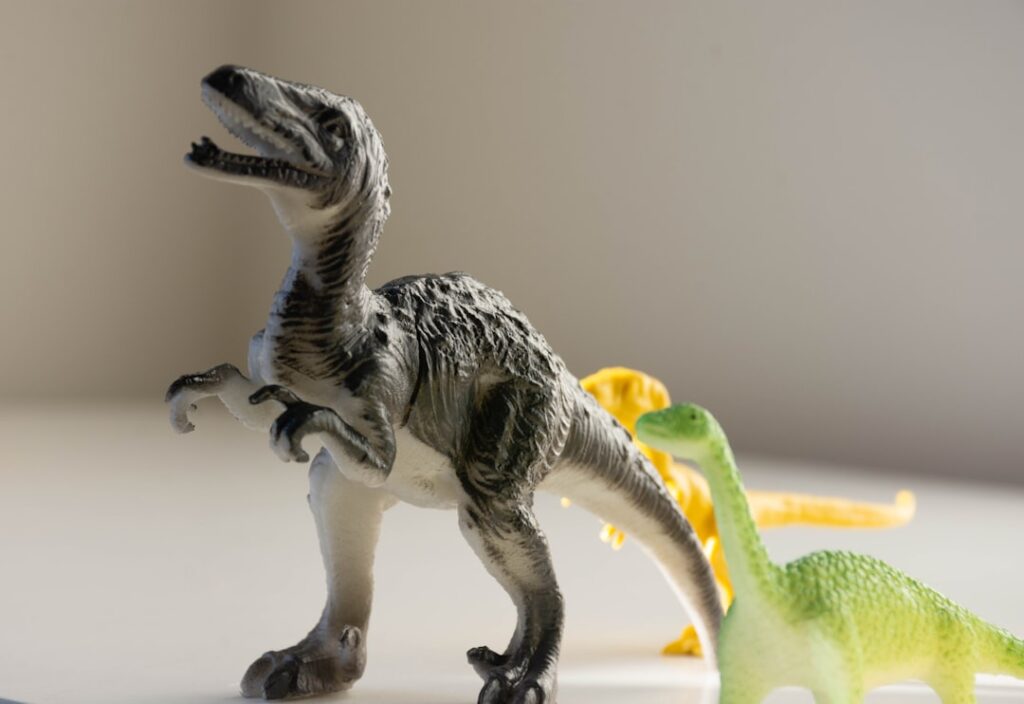
Weighing in at less than a kilogram and only 65 to 75 cm long, Fruitadens haagarorum is one of the smallest known dinosaurs and the smallest found in North America. Discovered in Colorado’s Morrison Formation, this remarkable creature lived during the Late Jurassic period about 150 million years ago, darting between the legs of massive sauropods.
What made Fruitadens truly special was its unusual diet. Fruitadens had an unusual smile, with canine like teeth in the lower jaw and leaf shaped teeth behind, suggesting it may have fed on both plants and animals. Fruitadens cuts across these divisions, as the smallest known omnivore. It is a strategy that must was successful, as this nimble dinosaur was well-adapted to its environment.
Scientists discovered that the largest individuals of Fruitadens were probably young adults of four years age. Growth was close to completion, indicating that Fruitadens was one of the smallest of all dinosaurs. This tiny survivor managed to thrive in ecosystems dominated by giants through its versatile eating habits and incredible agility.
Suskityrannus: The Coyote Tyrant
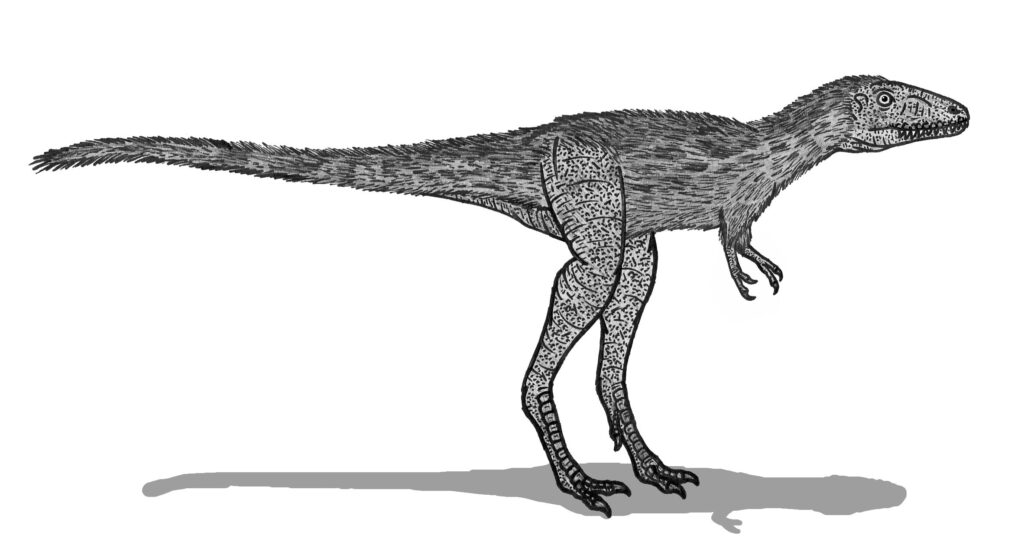
Suskityrannus (meaning “coyote tyrant”, suski meaning “coyote” in Zuni) is a genus of small tyrannosauroid theropod from the Late Cretaceous of southern Laramidia. This tiny relative of T. rex lived roughly 92 million years ago and provides crucial insights into tyrannosaur evolution.
The two specimens of Suskityrannus stood roughly 1 meter (3.3 feet) tall and 3 meters (9.8 feet) long and likely weighed between 20–40 kilograms (44–88 lbs). Both are likely to have been juveniles. One of the specimens is believed to have been 3 years old when it died, based on bone rings. Even as juveniles, these specimens showed advanced tyrannosaur characteristics.
Sinosauropteryx: The First Feathered Discovery
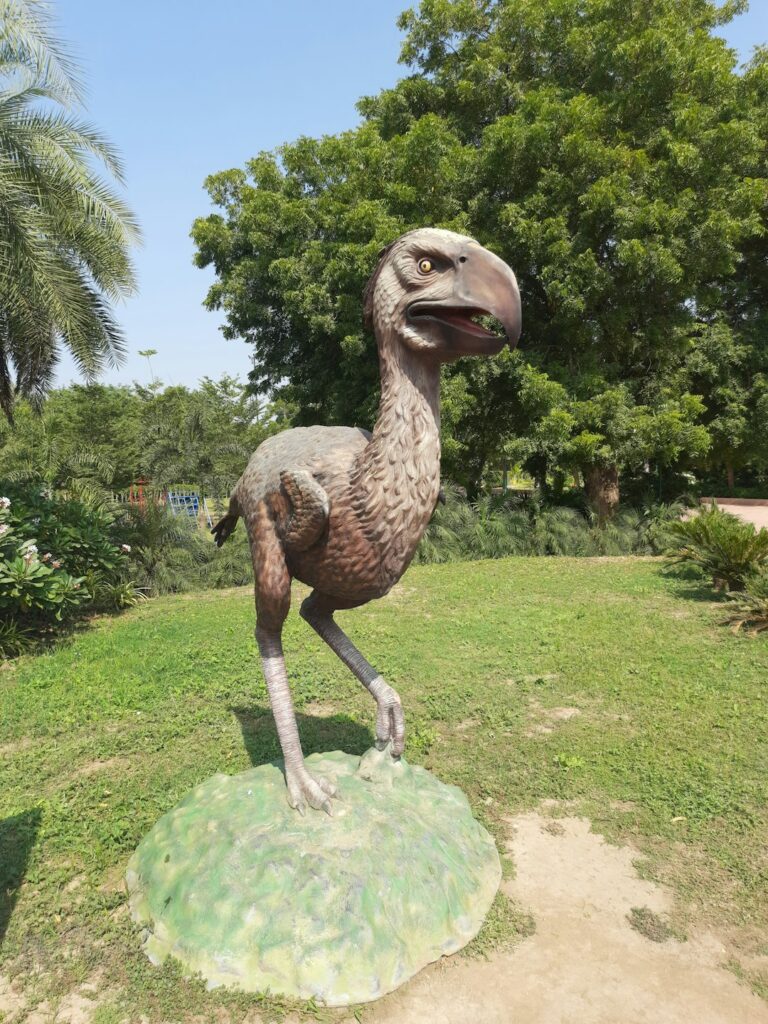
Described in 1996, it was the first dinosaur taxon outside of Avialae (birds and their immediate relatives) to be found with evidence of feathers. It was covered with a coat of very simple filament-like feathers. This groundbreaking discovery revolutionized our understanding of dinosaur appearance and the evolution of feathers.
The longest known specimen reaches up to 1.07 metres (3.51 feet) in length, with an estimated weight of 0.55 kilograms (1.21 pounds). Scientists made another remarkable discovery about this tiny creature: Structures that indicate the colour pattern have also been preserved in some of its feathers, which show that Sinosauropteryx had a countershading pattern in its body with a banded tail.
Science theorizes the small dinosaur likely chowed on insects, lizards and smaller mammals. That’s evidenced by the finding of animals fossilized in the stomach of Sinosauropteryx. This direct evidence of its diet, combined with its preserved feathers and color patterns, makes Sinosauropteryx one of the most completely understood small dinosaurs.
These tiny dinosaurs prove that success in the prehistoric world wasn’t just about being the biggest and strongest. From the gliding Microraptor to the omnivorous Fruitadens, each species developed unique strategies for survival that allowed them to thrive alongside their gigantic cousins. Some became specialized insect hunters, others evolved sophisticated feathers for display or gliding, and a few even developed the intelligence comparable to modern birds. The discovery of these miniature marvels continues to reshape our understanding of dinosaur diversity and evolution. They show us that prehistoric ecosystems were far more complex than we ever imagined, with countless ecological niches filled by creatures both large and small. What’s most amazing is that many of these tiny dinosaurs survived for millions of years, proving that sometimes being small was actually an advantage in the ever-changing world of the Mesozoic Era. What do you think about these incredible tiny dinosaurs? Which one surprised you the most? Tell us in the comments.



